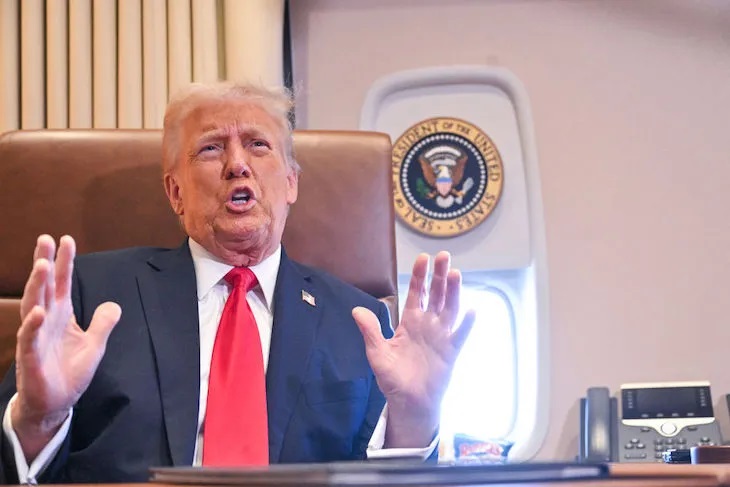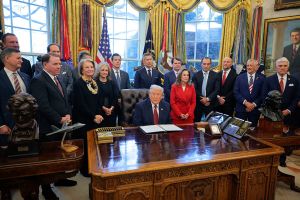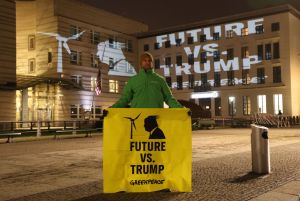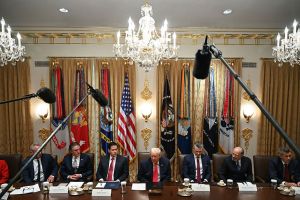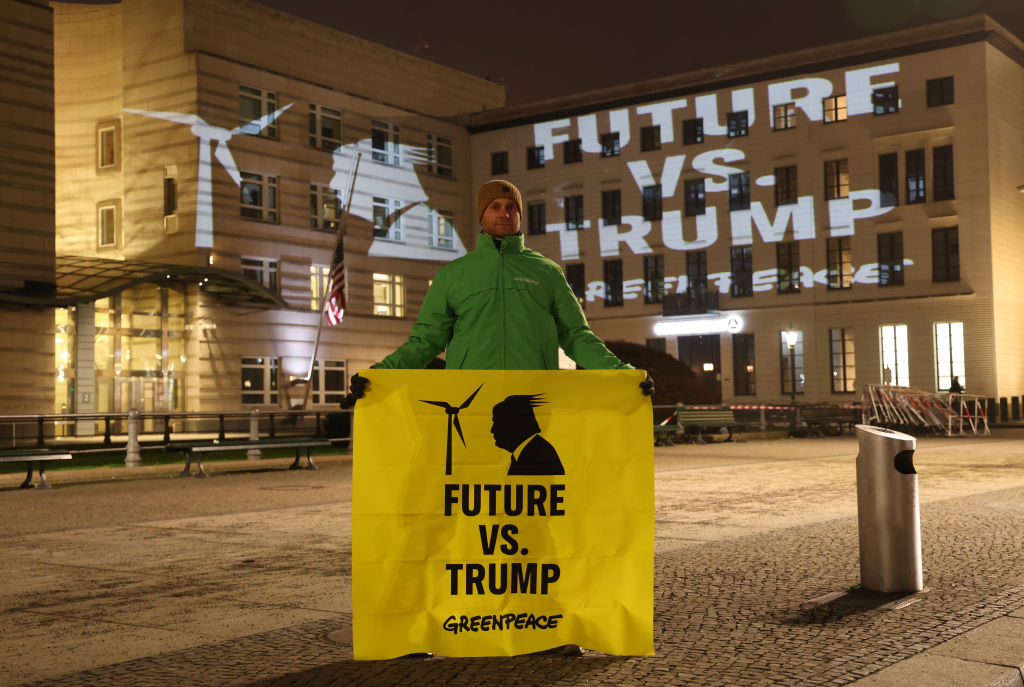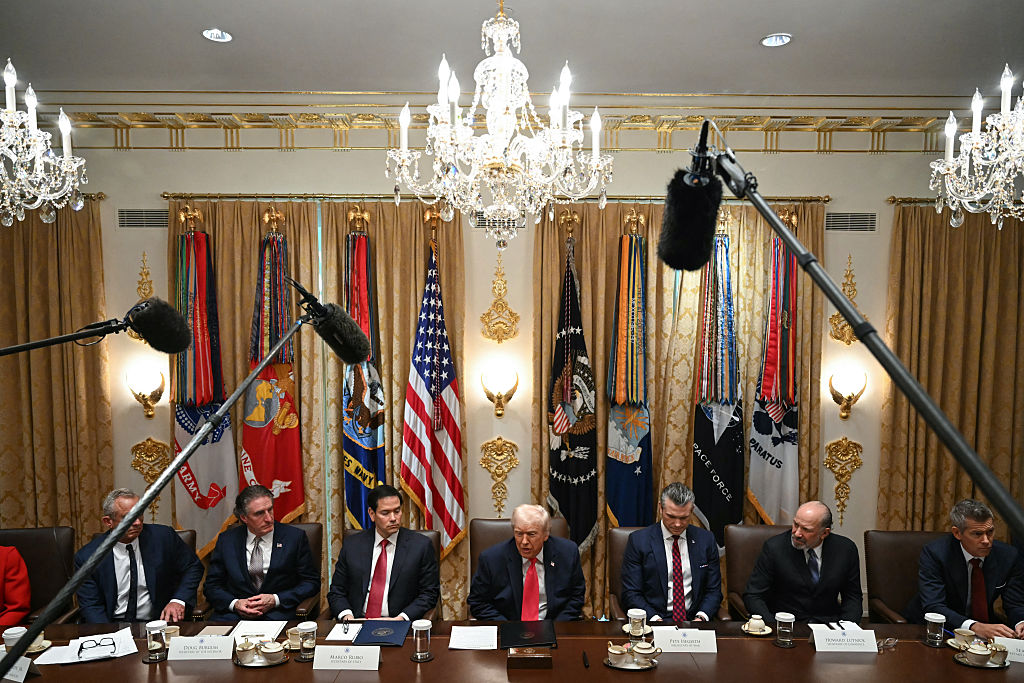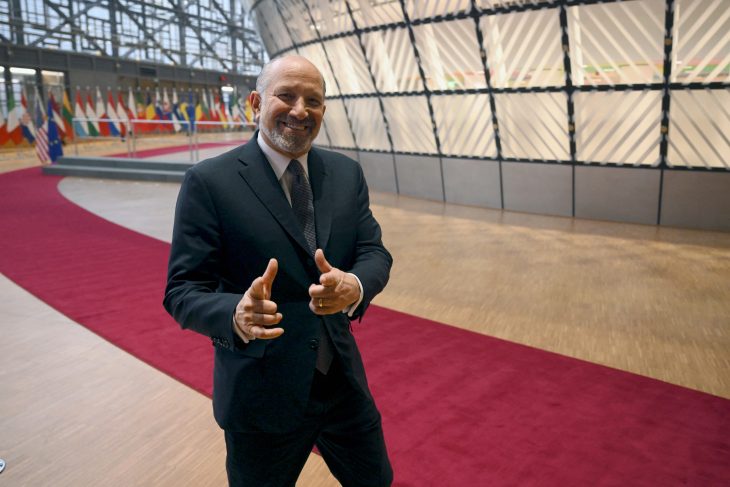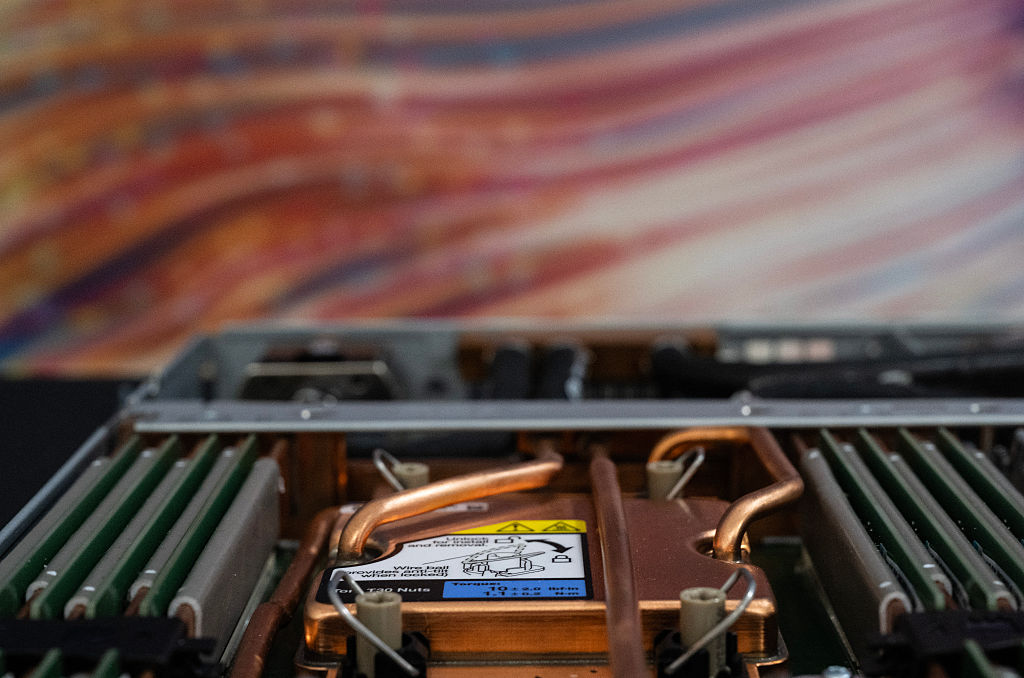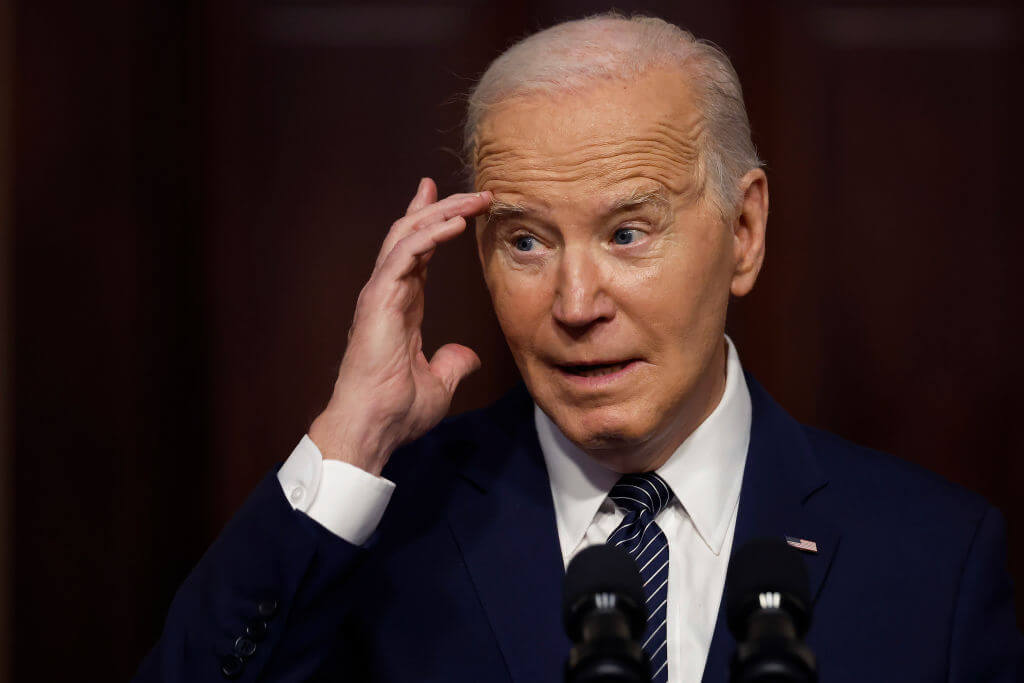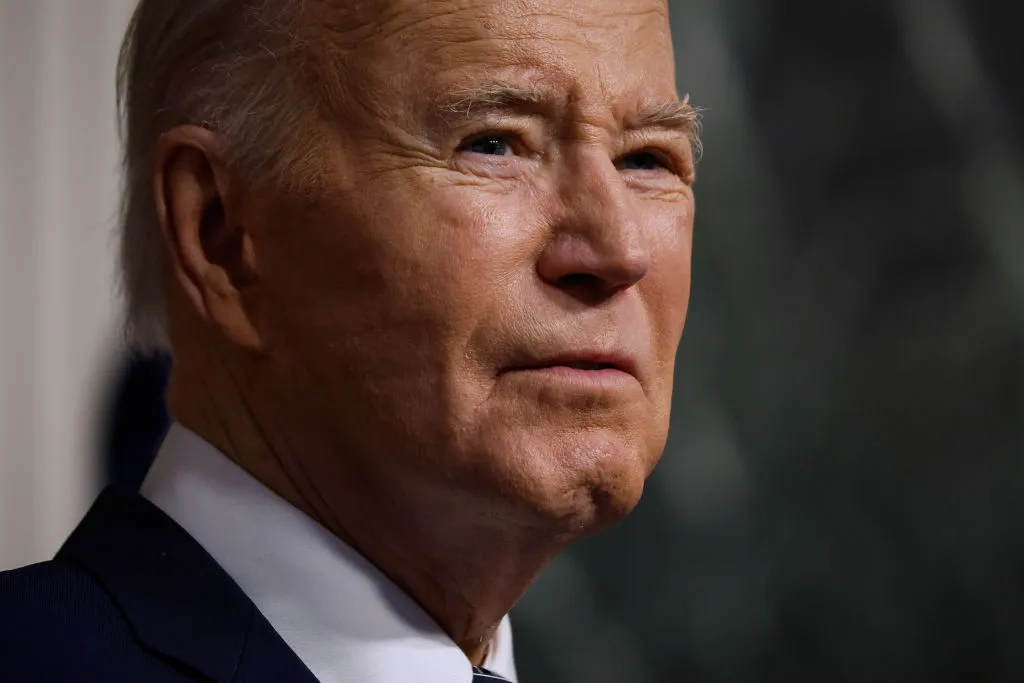So, it seems that Donald Trump wasn’t bluffing after all. On his way to the Super Bowl, the president made time to impose 25 percent tariffs on steel and aluminum imports into the United States, ramping up a trade war that has been looming ever since he moved into the White House last month. Speaking aboard Air Force One, Trump said he would slap the tariffs on “everybody.” “If they charge us, we charge them,” he said.
These measures will hit Australia, Mexico, and East Asian manufacturers hard. But they will deliver a terminal blow to the European steel industry, unless it finally abandons Net Zero targets that were already crippling the industry.
The stock market had no doubts where the main impact of Trump’s punitive tariffs will be felt. Shares in all the major European manufacturers, such as ArcelorMittal, Voestalpine, Thyssenkrupp and Salzgitter were all down sharply in early trading on Monday morning. It is not hard to understand why. The US accounts for 13 percent of sales for ArcelorMittal, with the company admitting last week that tariffs could cost it $100 million a quarter.
But even these dire predictions might pale compared to what Trump’s tariffs will mean in the long term for European manufacturers. Countries such as Mexico and Canada may export more into the American market in volume terms, but they also have more room to negotiate their way out of the levies, and more flexibility on costs to cope. By contrast, the European manufacturers were already in terrible shape, even before Trump came to power. Shares in Thyssenkrupp are down by 58 percent over the last five years, and the firm has already announced plans to cut 40 percent of its workforce over the coming years. Thyssenkrupp isn’t alone: shares in Salzgitter are down by about a third over the last year. For companies already battling for survival, tariffs on their American exports may well prove fatal.
The EU has predictably already promised to fight back. Brussels will no doubt come up with a list of retaliatory measures to try and force Trump to back down. Yet, in reality, Europe — including, of course, the UK, has only itself to blame for the dire state of its industry. Its determination to hit Net Zero targets ahead of the rest of the world have helped make industrial energy costs far higher than in the US (an extraordinary 158 percent for electricity, and 345 percent for gas in 2023, according to the Brugel Institute). Since power can account for 20 percent, or more, of the costs of a steel plant, this is a crippling burden. Meanwhile, the industry has accelerated “green targets” to meet.
If the EU wanted to, it could loosen these Net Zero targets, giving its manufacturers the opportunity to cut costs, and compete in American markets despite the tariffs. There is, sadly, very little chance of that happening. The industry will just be left to die instead, completing another step in the accelerating de-industrialization of the continent.



